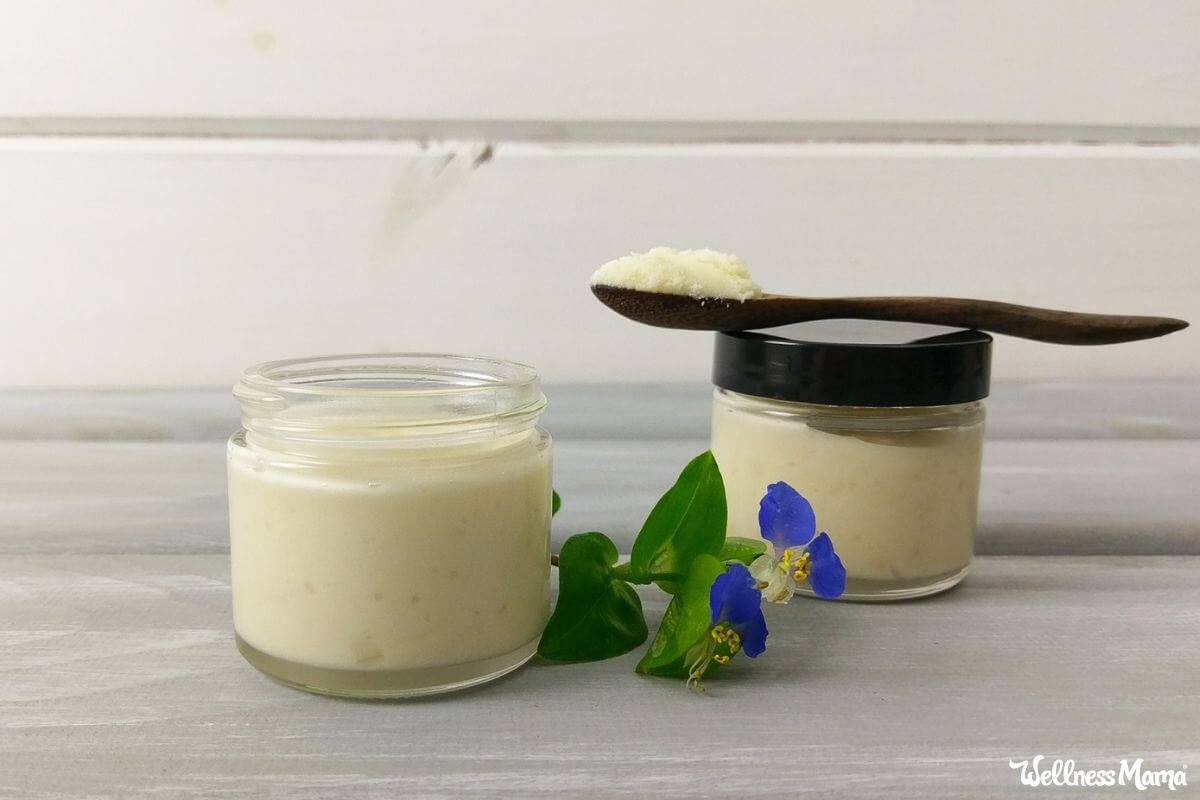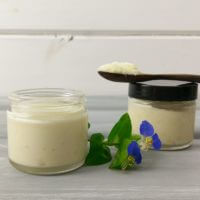What’s an ancient remedy for hemlock poisoning, used by Cleopatra, and burned in some churches?
If you guessed frankincense, you got it right! Resin from this tree has been used in skincare, medicine, and religious ceremonies for thousands of years. This tree’s soothing and clarifying properties make it the ideal ingredient in frankincense face cream.
Why Frankincense Face Cream?
Buckle up because there’s a whole lot that frankincense can do!
It has a long history of use to reduce pain and inflammation, but scientists are continually discovering more about frankincense.
A 2015 article in European Review looked at how frankincense could help cancer patients. Not only did the frankincense cream reduce their painful skin inflammation, but it did it without any side effects.
This resin also fights a broad range of pathogens on the skin, including viruses, cold sores, and fungi (like candida). While the skin on our face might not be that damaged (hopefully!), the point is frankincense is calming and restorative for a wide range of skin issues.
According to a 2007 article in Phytomedicine, its antibacterial properties are thought to help with acne and eczema.
Plus it just smells amazing!
Does Frankincense Help With Wrinkles?
In a 2010 randomized controlled trial, frankincense cream reduced signs of aging and damage from UV light, like wrinkles and dark spots. Participants also had:
- smoother skin
- fewer fine lines
- increased elasticity
- less oil secretion (which means fewer clogged pores)
Which Frankincense Should I Buy?
There are a lot of varieties of frankincense essential oil on the market. Some are better quality than others, and some smell better than others. But there’s another big concern:
Essential oils use a lot of plant material and can easily have a negative environmental impact. Frankincense trees in general are overharvested, especially the species Boswellia sacra.
Because of these concerns, I recommend getting the essential oil from a company that ethically and sustainably sources their materials like Plant Therapy.
Face Cream, Serum, Lotion: What’s the Difference?
Serum, lotion, cream…what’s the difference? And why would you pick one over the other?
Serums are a blend of liquid ingredients (like this vitamin C serum, a favorite of mine), while lotions and creams are both thickened emulsions of water and oil. While lotions have a higher water content, creams are thicker and tend to have more oil.
Although technically face creams contain water-based ingredients, this one sticks to oils. Why? Less (or no) water means the recipe lasts longer without using preservatives. For the sake of safety and simplicity, we’re leaving the water out of this frankincense face cream.
No Coconut Oil?
While I’ve given water the boot, you may notice another popular skincare ingredient is missing.
Coconut oil is great for so many things, including lotion, but it does have a few drawbacks.
It’s highly comedogenic, meaning it clogs pores. Not good news for those with acne, clogged pores, or similar skin issues on their face. Some also find it strangely drying.
To be on the safe side, this face cream uses other face-friendly oils.
Customizing Your Frankincense Face Cream
The beauty of making your own face cream? You can customize it for your skin!
Carrier Oil
Basically any liquid carrier oil will work, but some are more suited to certain skin types.
- Grapeseed oil – a lighter oil that absorbs fast and is good for oily to normal skin types
- Sweet almond oil – Still on the lighter side and good for normal to dry skin types.
- Avocado oil – A thicker oil that’s good for mature or dry skin
- Olive oil – A heavier oil for mature or dry skin
Essential Oils
Obviously we’re using frankincense here, but there are other essential oils that blend well with the frankincense. All of these essential oils are skin safe and smell good with frankincense.
- Geranium – Helps with acne, congested skin, dermatitis, eczema, oily complexion, mature skin, damaged skin.
- Lavender – Helps with acne, dermatitis, eczema, inflammation, psoriasis, and damaged skin.
- Cypress – Good for oily skin, wounds, and tightening veins.
- Orange – Brightens dull complexions, improves circulation and oily complexions.
Mango vs Shea Butter
Mango butter is a similar consistency to shea, but it’s more astringent. This makes it good for more oily skin or even normal skin.
If you have dry skin, stick to shea butter.
Whipped Face Cream With Frankincense Oil
You don’t have to whip this, but I love the texture of a whipped frankincense face cream. It feels so airy and smooth! The best way is to use the whisk attachment on a stand or hand mixer. I don’t recommend a hand whisk. It takes forever and the results are disappointing at best.
DIY Frankincense Face Cream
Materials
- 1 TBSP mango butter (or shea butter)
- ⅓ cup grapeseed oil (or almond, avocado, or olive oil)
- 1 TBSP + 1 tsp beeswax pellets
- 24-48 drops frankincense essential oil (1-2% dilution)
- 12 drops geranium essential oil (or lavender, sweet orange, or cypress essential oil (a .5% dilution), (optional)
- 25 drops vitamin E oil (optional, but extends the shelf life of oils)
Instructions
- In a double boiler or a heat safe glass bowl, add the butter, liquid oil, and beeswax. If using a bowl, perch it on top of a pot filled halfway with water to create a double boiler effect.
- Gently heat the ingredients until they’re completely melted, stirring occasionally.
- Remove from heat and add the essential oils and vitamin E.
- Transfer the mixture to a metal mixing bowl and put in the freezer for about 15 minutes or until solid. The mixture should be firm but not frozen.
- Using a hand mixer or the whisk attachment on a stand mixer to whip the face cream until it’s fluffy and creamy.
Notes
- Storage: Store in a cool, dry place away from heat and light. The shelf life depends on the exact ingredients used, but should be from 6-12 months.
- Note: If you don’t want to whip the face cream, then transfer it to the storage container instead and freeze until cool. Let the mixture cool slightly first before pouring into the container to avoid burns or breakage.
This article was medically reviewed by Madiha Saeed, MD, a board certified family physician. As always, this is not personal medical advice and we recommend that you talk with your doctor.
Have you ever made your own beauty products? Will you try this frankincense face cream?



Leave a Reply